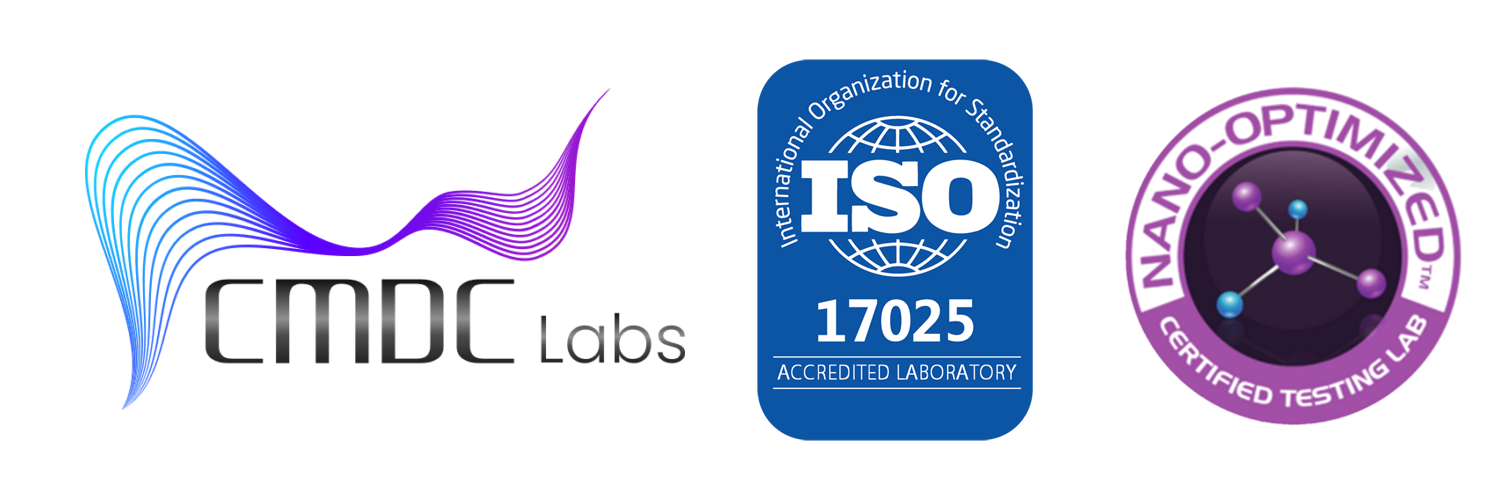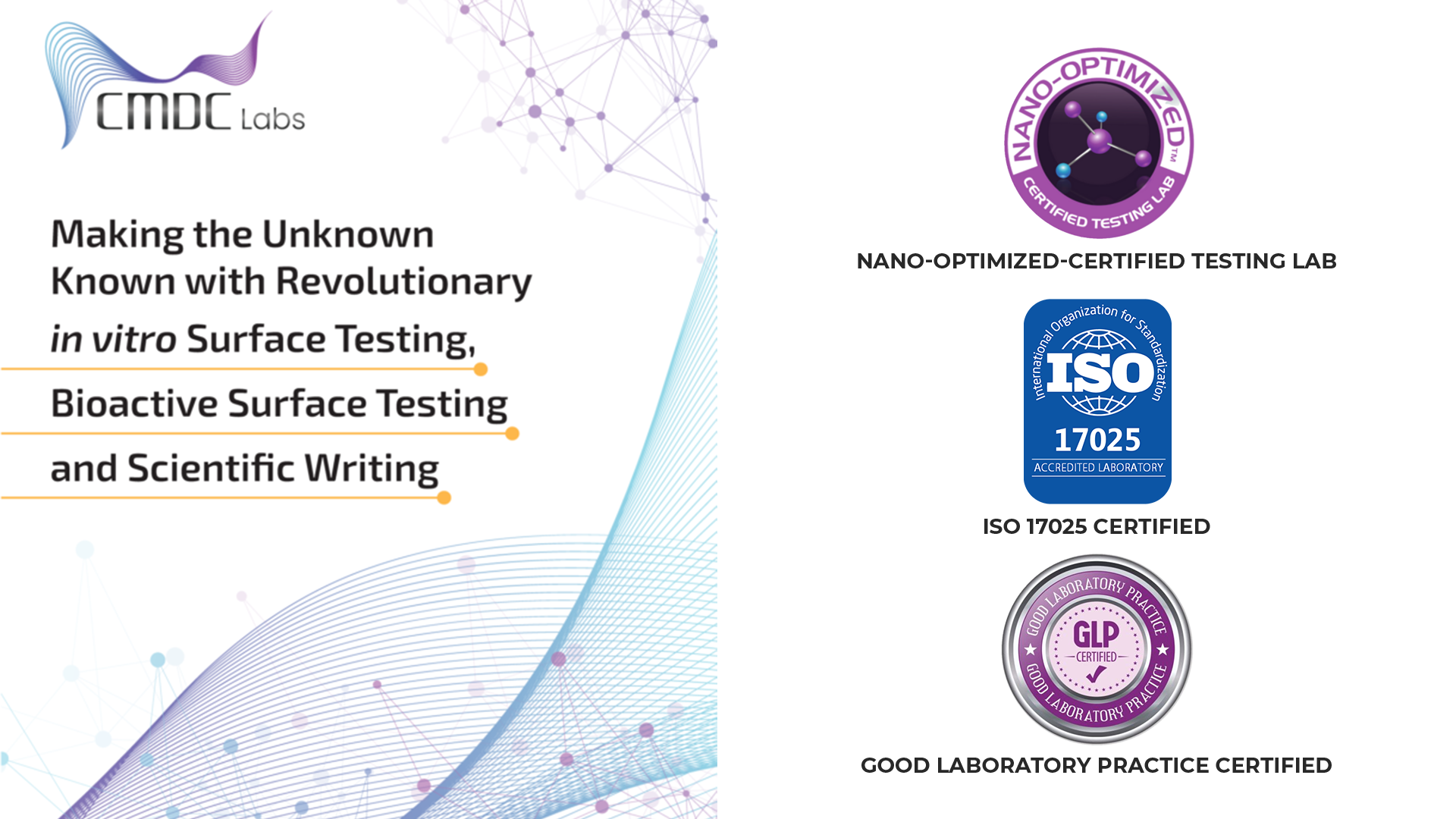Introduction
Water is essential to life. It is not only a basic human need but also a critical resource for agriculture, industry, and sanitation. Safe drinking water is a cornerstone of public health, yet millions of people worldwide still lack access to clean, uncontaminated water. Even in developed nations, water contamination remains a significant public health concern. From industrial pollutants and agricultural runoff to natural contaminants, the risks associated with unsafe water are numerous and varied.
One of the most effective ways to ensure the safety of drinking water is through regular water testing. Water testing helps detect harmful pathogens, chemicals, and other pollutants that could pose a threat to human health. In this article, we will explore why regular water testing is crucial for safeguarding public health, preventing contamination crises, and addressing the growing concerns over water quality and safety.
1. Understanding the Importance of Water Quality
Water quality directly impacts the health of individuals, communities, and entire populations. Contaminated water can carry dangerous pathogens, toxic chemicals, heavy metals, and other pollutants that can lead to a variety of health issues, including gastrointestinal infections, skin problems, neurological disorders, and even long-term diseases such as cancer.
In many parts of the world, contaminated water is a leading cause of illness and death, particularly among vulnerable populations such as children, the elderly, and individuals with compromised immune systems. According to the World Health Organization (WHO), contaminated drinking water causes more than 500,000 deaths annually due to diarrhea alone.
Even in developed countries, the water supply may face contamination risks due to aging infrastructure, industrial activities, agricultural practices, and climate change. This is where regular water testing becomes essential.
2. The Risk of Water Contamination
Water can be contaminated at various stages—during collection, storage, treatment, distribution, or even at the point of use. Here are some common sources and risks of contamination:
A. Pathogens and Microorganisms
One of the most pressing concerns in water quality is the presence of harmful microorganisms such as bacteria, viruses, and parasites. Common waterborne pathogens include:
- E. coli
- Salmonella
- Cryptosporidium
- Giardia
These pathogens can cause severe gastrointestinal illnesses and infections. Infections from drinking contaminated water are particularly dangerous for young children and elderly individuals, who are more susceptible to dehydration and other complications.
B. Industrial and Agricultural Pollutants
Industries often discharge chemicals, metals, and other pollutants into water sources. Common pollutants from industrial processes include:
- Heavy metals: such as lead, mercury, and arsenic, which can accumulate in the body over time and cause serious health issues.
- Pharmaceutical residues: Medications and hormones that enter water systems through waste or improper disposal.
- Pesticides and herbicides: Chemicals used in agriculture that can leach into nearby water bodies, contaminating drinking water supplies.
C. Aging Infrastructure
In many parts of the world, aging water infrastructure can contribute to contamination. Leaking pipes and outdated treatment systems may allow pathogens or pollutants to enter the water supply. Contaminated water infrastructure has been linked to several public health crises, including lead poisoning outbreaks and diseases like cholera.
D. Climate Change and Natural Contaminants
Climate change has led to extreme weather patterns, including floods and droughts, which can exacerbate contamination risks. Floods can wash away hazardous chemicals, bacteria, and sewage into drinking water supplies. Droughts can also lead to concentrated pollutants, impacting the availability of safe drinking water.
3. The Consequences of Not Testing Water Regularly
The risks associated with untreated or inadequately tested water are significant. Here are the potential consequences of not testing water regularly:
A. Public Health Crises
Failing to detect contamination in water supplies can lead to widespread public health crises. When contamination is not identified and addressed early, large numbers of people can be exposed to harmful pathogens, leading to outbreaks of diseases such as cholera, dysentery, and typhoid fever. The Flint water crisis in Michigan serves as a powerful example of the devastating consequences of inadequate water testing and oversight. A switch in the water source without proper testing led to lead contamination, exposing thousands of residents to dangerous levels of lead and causing severe health problems.
B. Environmental Damage
Water contamination doesn’t just harm human health; it can also damage ecosystems. Pollutants like heavy metals and agricultural chemicals can enter waterways, harming aquatic life and disrupting ecosystems. For example, high levels of nutrients from fertilizers can cause eutrophication, a process that depletes oxygen in water and kills fish and other aquatic organisms.
C. Economic Impact
Water contamination and the subsequent health issues lead to a significant economic burden. Medical expenses for treating waterborne diseases, loss of productivity, and costs related to cleaning and restoring contaminated water sources can be financially devastating for communities and governments. The economic impact is particularly severe in developing countries, where access to safe water is limited.
D. Loss of Public Trust
Once a contamination crisis occurs, the public’s trust in water quality can be severely damaged. Communities that experience waterborne disease outbreaks or exposure to harmful chemicals may lose confidence in the safety of their drinking water, leading to widespread panic, decreased water consumption, and a reliance on bottled water, which is not always a sustainable or affordable solution.
4. How Regular Water Testing Helps Prevent Contamination Crises
Regular water testing is the most effective way to detect contamination early, prevent public health crises, and maintain water safety. Here’s how regular testing benefits communities and industries:
A. Early Detection of Contaminants
Routine water testing allows authorities and water suppliers to detect harmful pathogens and pollutants before they reach consumers. For example, regular monitoring for E. coli and other pathogens helps ensure that water is safe to drink and reduces the risk of gastrointestinal outbreaks. Similarly, testing for heavy metals like lead and arsenic ensures that drinking water does not pose long-term health risks to consumers.
B. Ensuring Compliance with Safety Standards
Regulatory bodies such as the EPA (Environmental Protection Agency) in the United States set standards for safe drinking water. Regular testing ensures compliance with these regulations, helping water suppliers meet safety thresholds and avoid fines or penalties. Compliance with safety standards also provides transparency and reassurance to the public that their drinking water is safe.
C. Identifying Emerging Contaminants
New contaminants are constantly emerging, including pharmaceutical residues, microplastics, and endocrine-disrupting chemicals. Regular water testing can help identify these emerging contaminants, allowing regulators and water authorities to respond promptly and implement mitigation strategies.
D. Maintaining Water Treatment Effectiveness
Water treatment facilities must regularly monitor water quality to ensure that treatment processes, such as filtration, chlorination, and UV disinfection, are effectively removing contaminants. Routine testing helps identify weaknesses in the treatment process and ensures that the water remains safe throughout the distribution system.
E. Protecting Vulnerable Populations
Certain populations are more vulnerable to water contamination, including infants, the elderly, pregnant women, and individuals with compromised immune systems. Regular testing helps protect these groups by ensuring that water quality remains at safe levels, particularly for sensitive health conditions.
5. Best Practices for Regular Water Testing
To maximize the effectiveness of water testing and ensure that water remains safe, the following best practices should be followed:
A. Develop a Comprehensive Testing Plan
A well-rounded testing plan should include routine sampling at multiple points in the water distribution system, including at the source, treatment facilities, and consumer taps. The testing plan should focus on a wide range of potential contaminants, including bacteria, viruses, chemicals, heavy metals, and organic compounds.
B. Use Accredited Laboratories
Testing should be carried out by accredited laboratories that follow standard testing protocols and use state-of-the-art equipment. This ensures that test results are reliable and meet regulatory standards.
C. Monitor Water Quality Consistently
Water quality should be monitored consistently, with both routine and unplanned testing. Consistency allows water suppliers to identify seasonal or geographical variations in contamination and adapt their treatment methods accordingly.
D. Educate the Public
Public education is essential for raising awareness of the importance of water safety. Communities should be informed about the risks of water contamination, the benefits of water testing, and how to report water quality concerns.
Conclusion
Regular water testing is not just a regulatory requirement; it is a fundamental component of safeguarding public health and preventing contamination crises. The risks associated with untreated or inadequately tested water are significant, affecting everything from public health to economic stability. By implementing comprehensive and consistent testing practices, communities can detect contaminants early, prevent public health outbreaks, protect vulnerable populations, and ensure that their water supply remains safe and reliable.
As the world continues to face new challenges such as climate change, industrial pollution, and population growth, regular water testing will play an increasingly critical role in ensuring that clean water remains accessible to all. Whether through government intervention, corporate responsibility, or individual action, the safety of our water supply must remain a priority, and regular testing is one of the most effective ways to achieve this goal.

